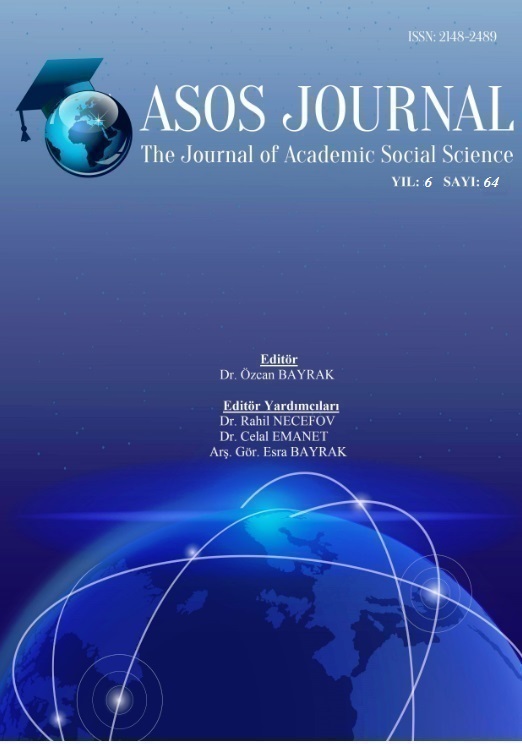ÇEVİRMENLERİN GÖZÜNDEN ÇOCUK YAZINI: ÇEVİRİBİLİM SINIFLARINDA ÇOCUK YAZINI EĞİTİMİ VERİLİRKEN ÜZERİNDE DURULMASI GEREKEN KONULARIN KISA BİR TANITIMI
Author :
Abstract
Çocuklar için kitapları çeviren çevirmenler, öncellikle bu eserler silsilesini tanımak ve incelemek zorundadırlar. Yalnızca çevirdikleri kitapları değil, o kitabın ait olduğu türü ve diğer örneklerini de iyi bilmeden, bunların Türkçeye nasıl aktarıldıklarını, yani aktarım geleneklerini bilmeden, işlerini iyi yapmaları pek mümkün değildir. Çocuk gelişimcisi veya uzmanı olmasalar da, çevirdikleri kitapları ve bu kitapların nasıl şekillendirildiğini, neler içerdiğini bilirler. Bu çalışmamızda amaç, genç çevirmenlere çağdaş çocuk yazını dünyası hakkında bilgi aktarmak ve bu çalışmada örneklenen türden bir giriş bileşeni ile özellikle çocuk yazını çevirmeni olmak isteyecek genç meslektaşların, bilgi ufuklarını genişleterek, ne gibi konuları araştırmaları, bilmeleri ve ilgilenmeleri gerektiği konusunda başlıklar ve kısa anlatılar silsilesi sunmaktır. Bu hedefle, ilerleyen bölümlerde çalışma birkaç farklı bakış açısını içerecek şekilde sunulmuştur. Öncelikle, çeviriyi bir ürün olarak ortaya koyacak çevirmenlere bu ürünlerin ‘olası alıcıları’ ve pazarlamaları hakkında bilgi verilmiştir. Sonrasında, kısa bir tarihi anlatının ardından günümüzde 20. yüzyılda çocuk yazınında gelinen noktaların altı çizilerek, çocuk okurların bilişsel ve diğer gelişimlerine kısaca değinilmiştir. Beşinci bölüm olarak numaralandırılan ana bölümde, çocuk yazını türleri ayrıntıları ile tanıtılmıştır. Sonuç olarak da, bir öneri mahiyetinde sunulan bu eğitim bileşeninin yararlarından söz edilmiştir.
Keywords
Abstract
Translators of children’s books initially need to know children’s literature and analyze many examples. It is not possible for them to be able to recreate these works in translation without knowing the genres and the examples of good practice, along with the translation habitus of previous translators. Even though they are not deemed to be child development experts, they need to be aware of the child readers’ needs and the ways in which the literature for that specific reader is formulated. The aim of the paper presented below is to outline and provide the headings for a preliminary literary translation course module focusing especially on training young translators in translating children’s literature. The corpus entails subjects that are crucial for translators to know during the translation of children’s literature. In line with this idea, the first section of the study encompasses the profiles of ‘probable readers’ and the marketing of children’s books. A short of history of the evolution of the field and the current day situation is presented in a second section. The fourth section contains a summary of the cognitive and other developmental stages of the child reader. This is followed by a substantial section on the different types of literature present for child reader, the specific attributes of the genres. In conclusion, the benefits of including this type of a module in the training of translators of children’s literature is underlined and explained.





